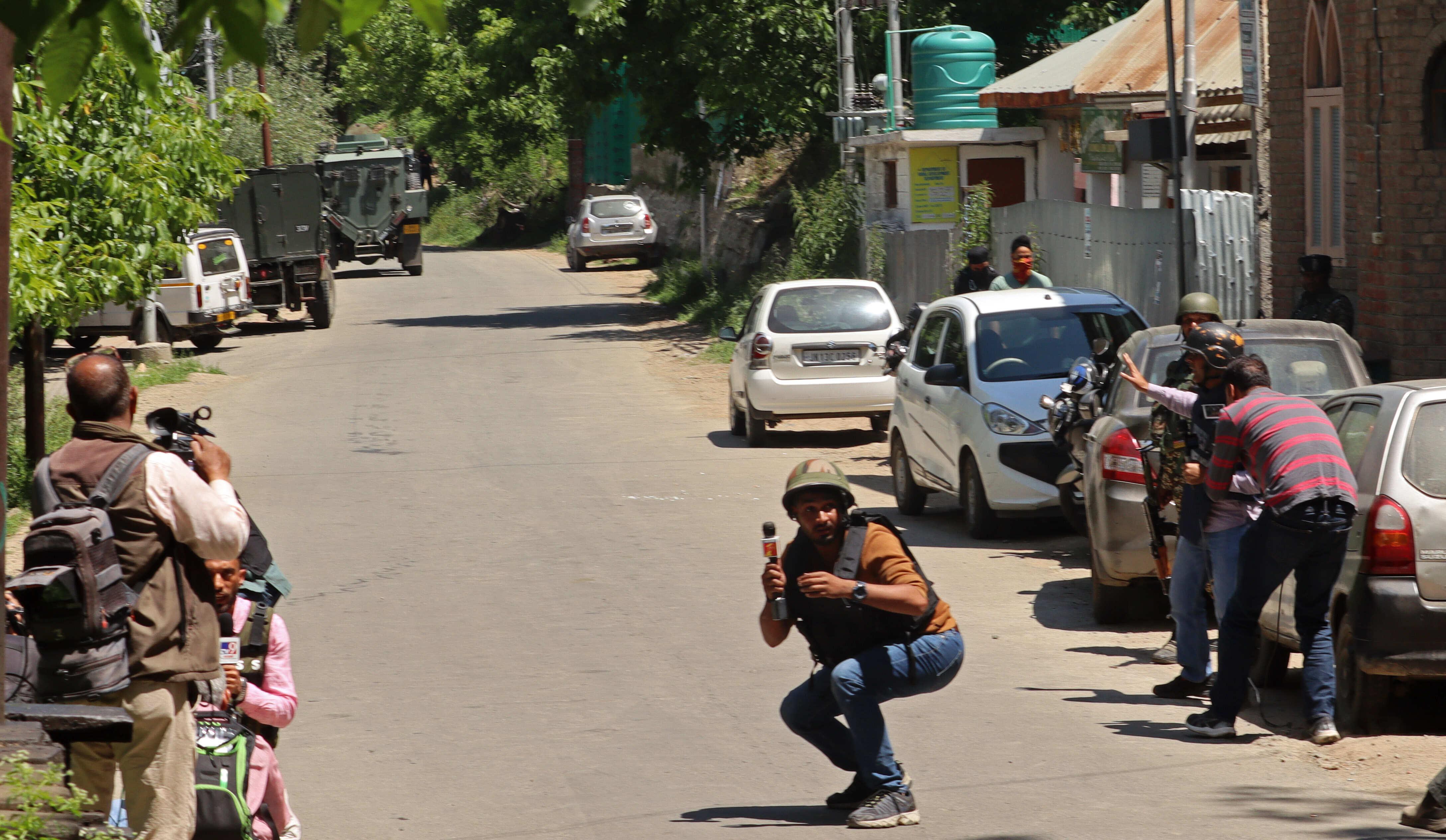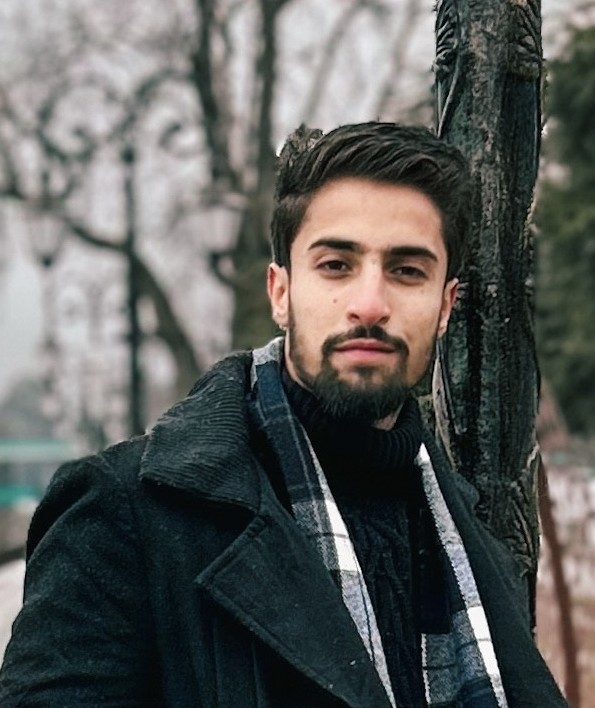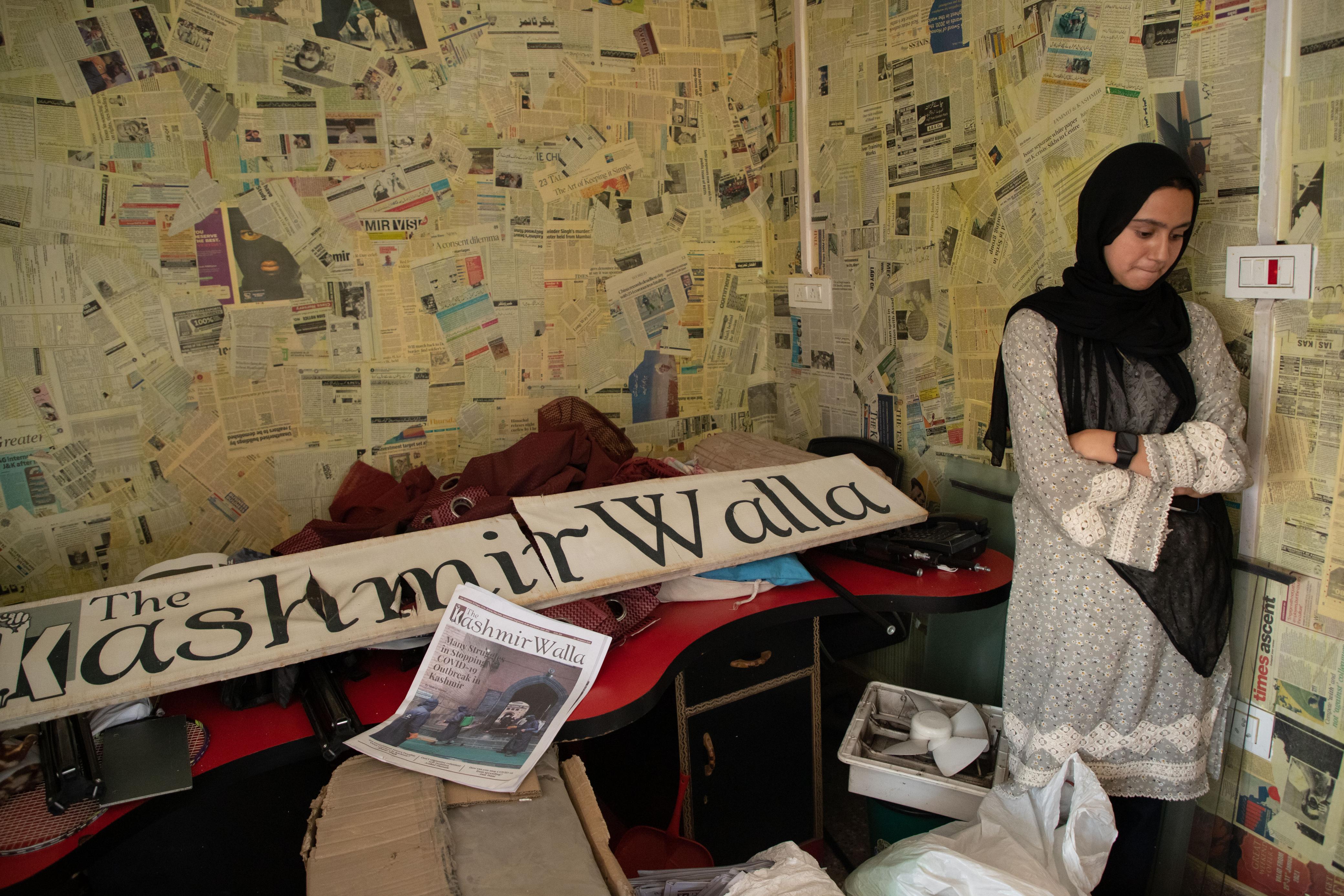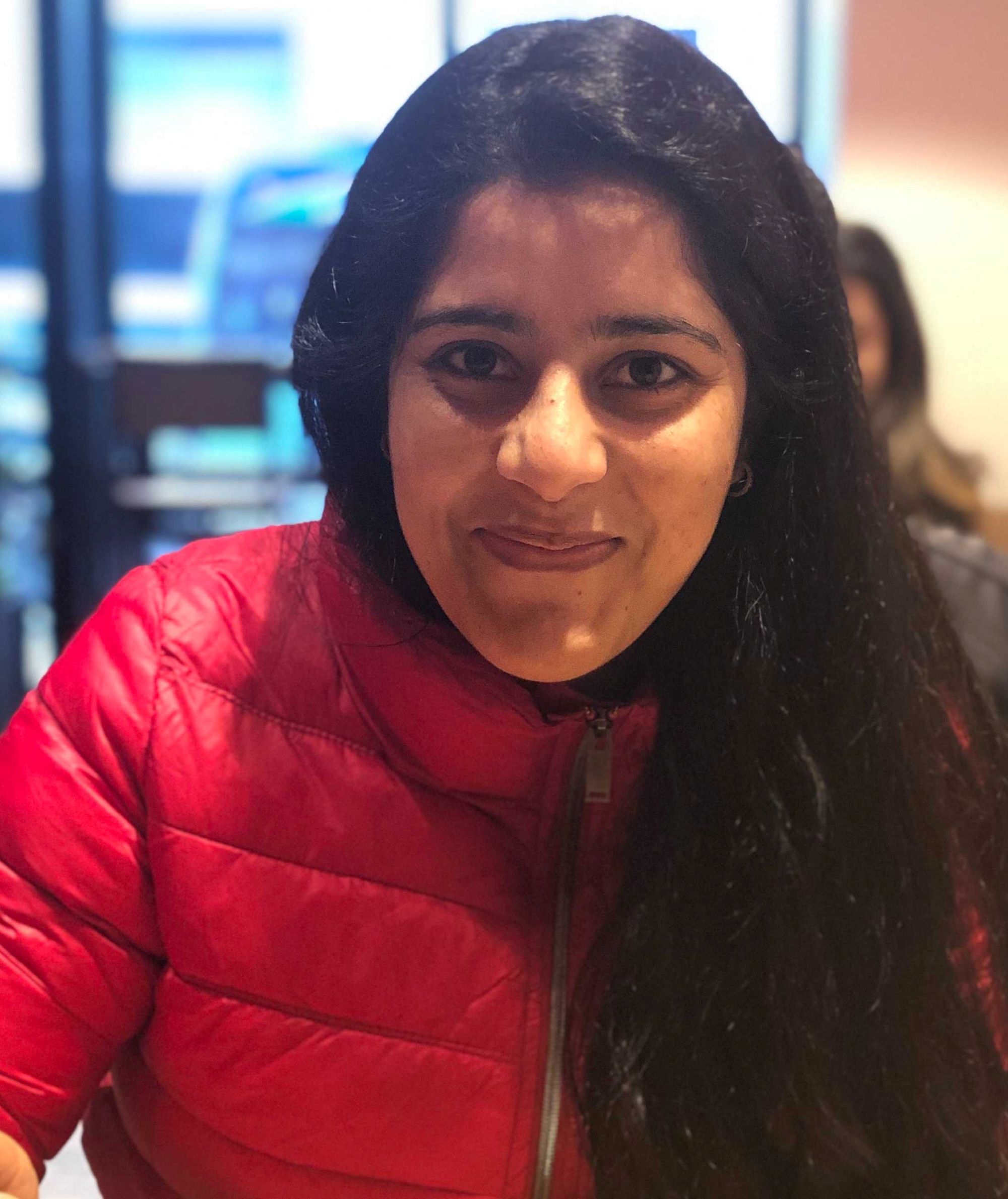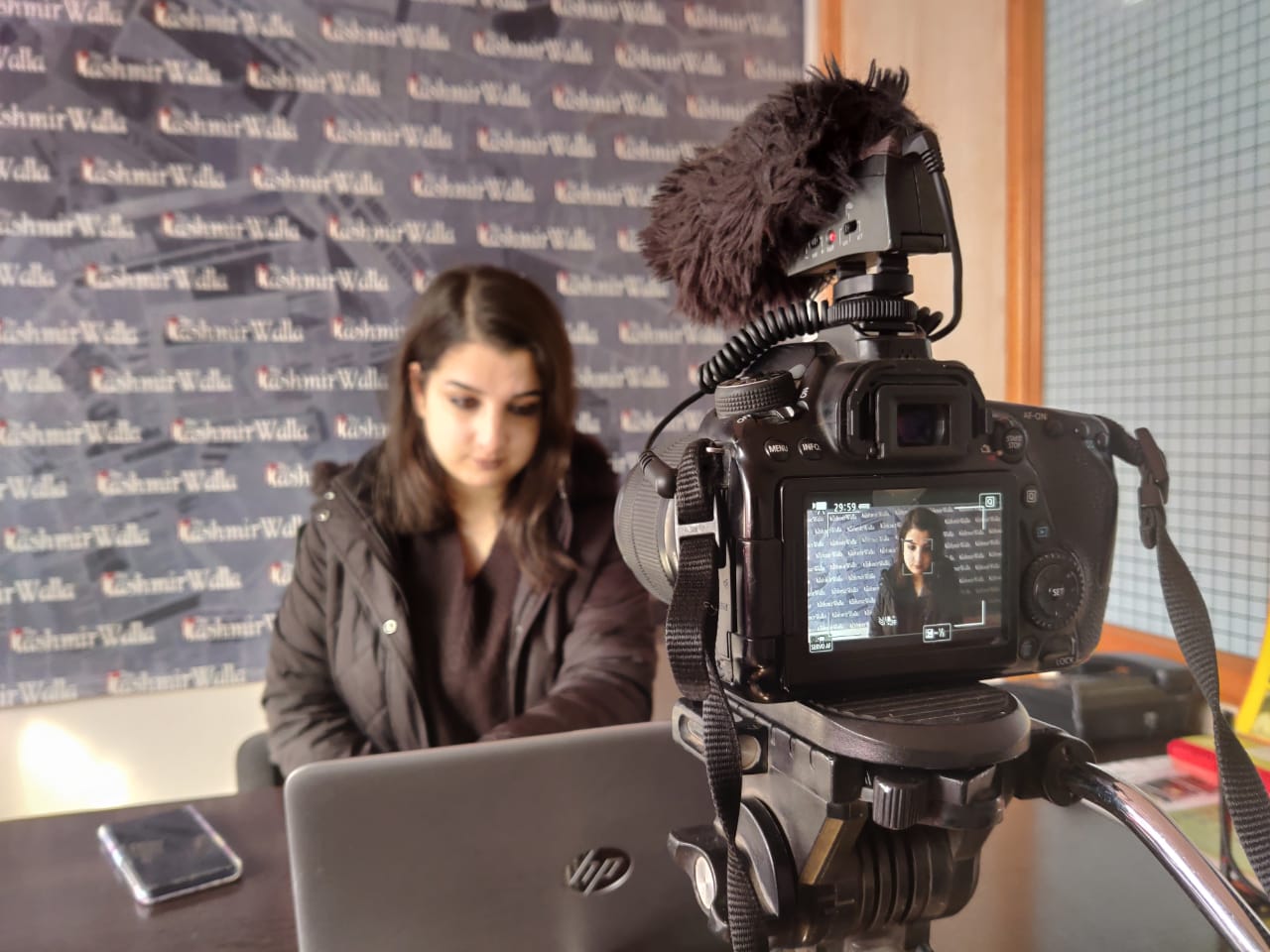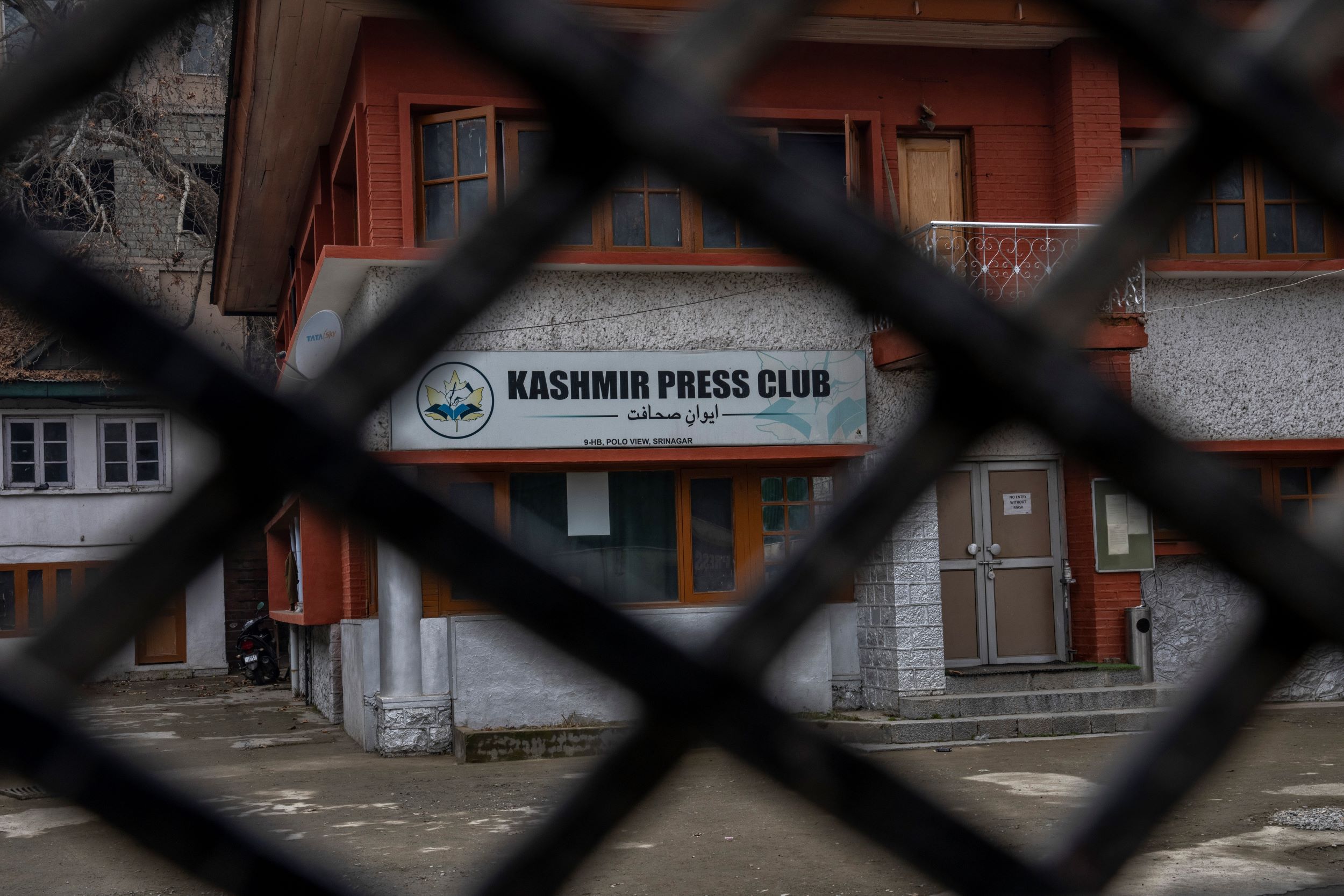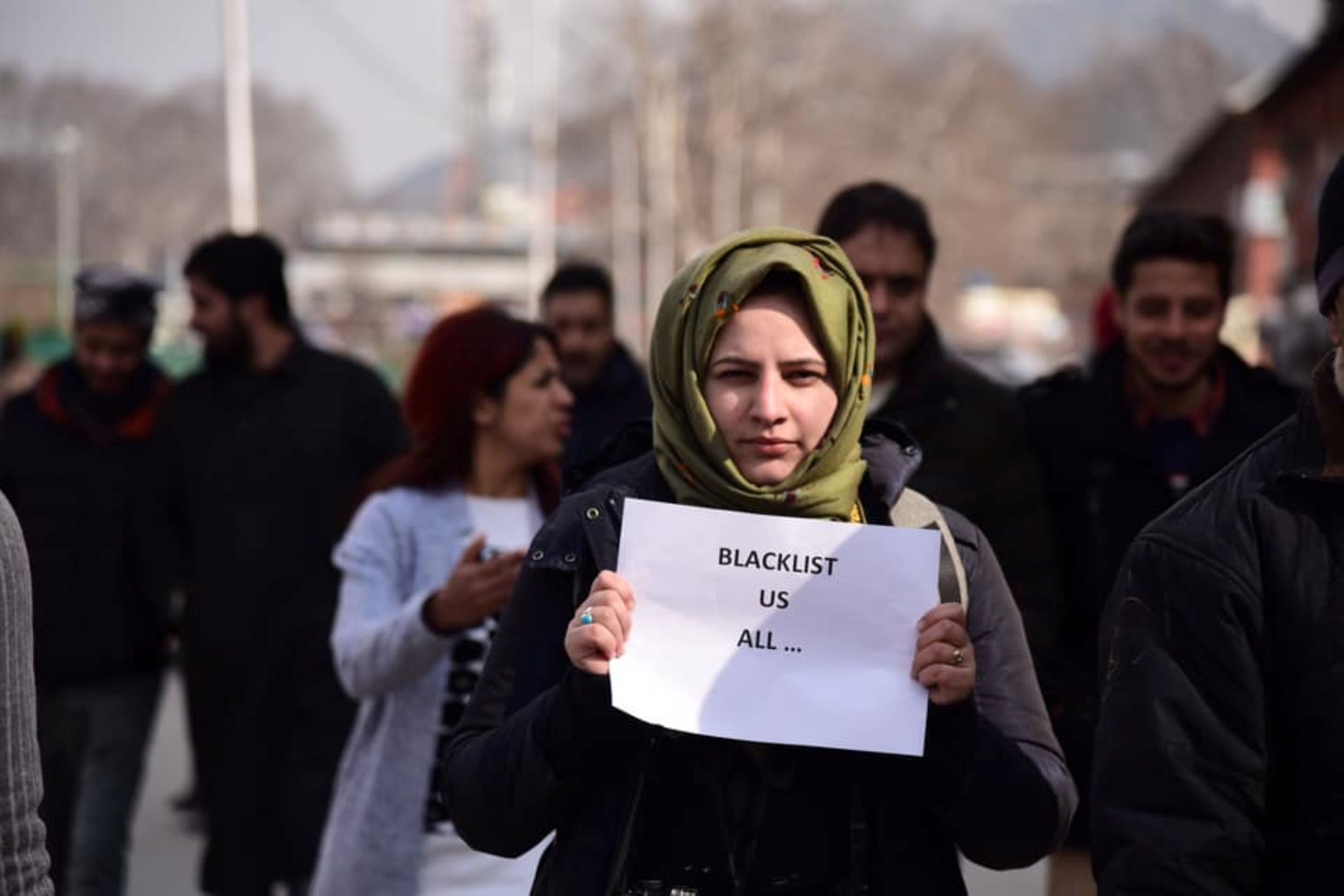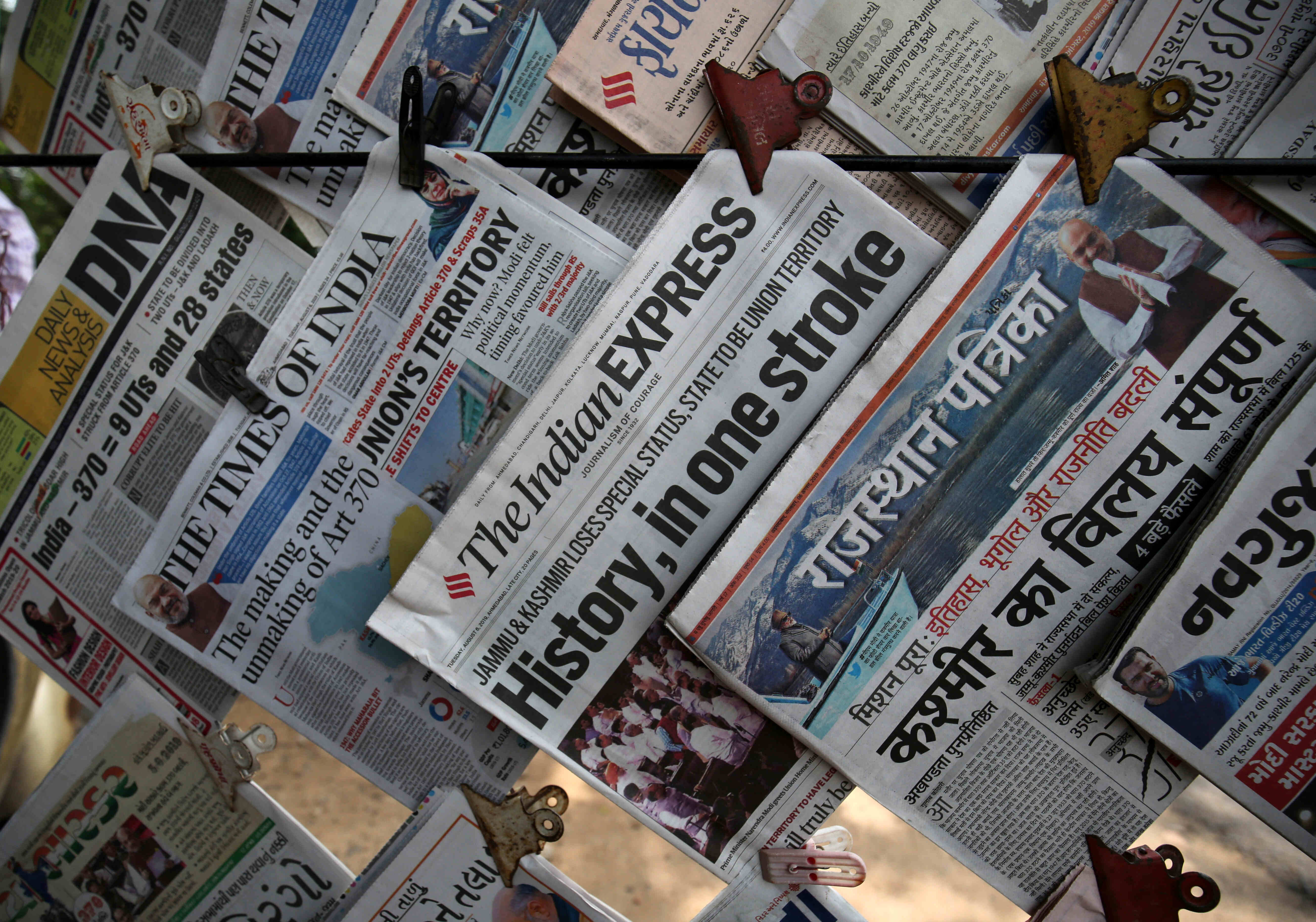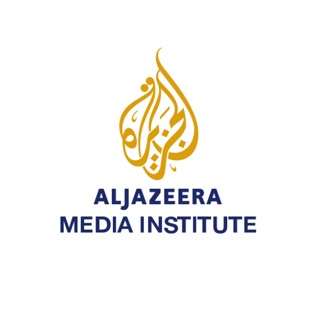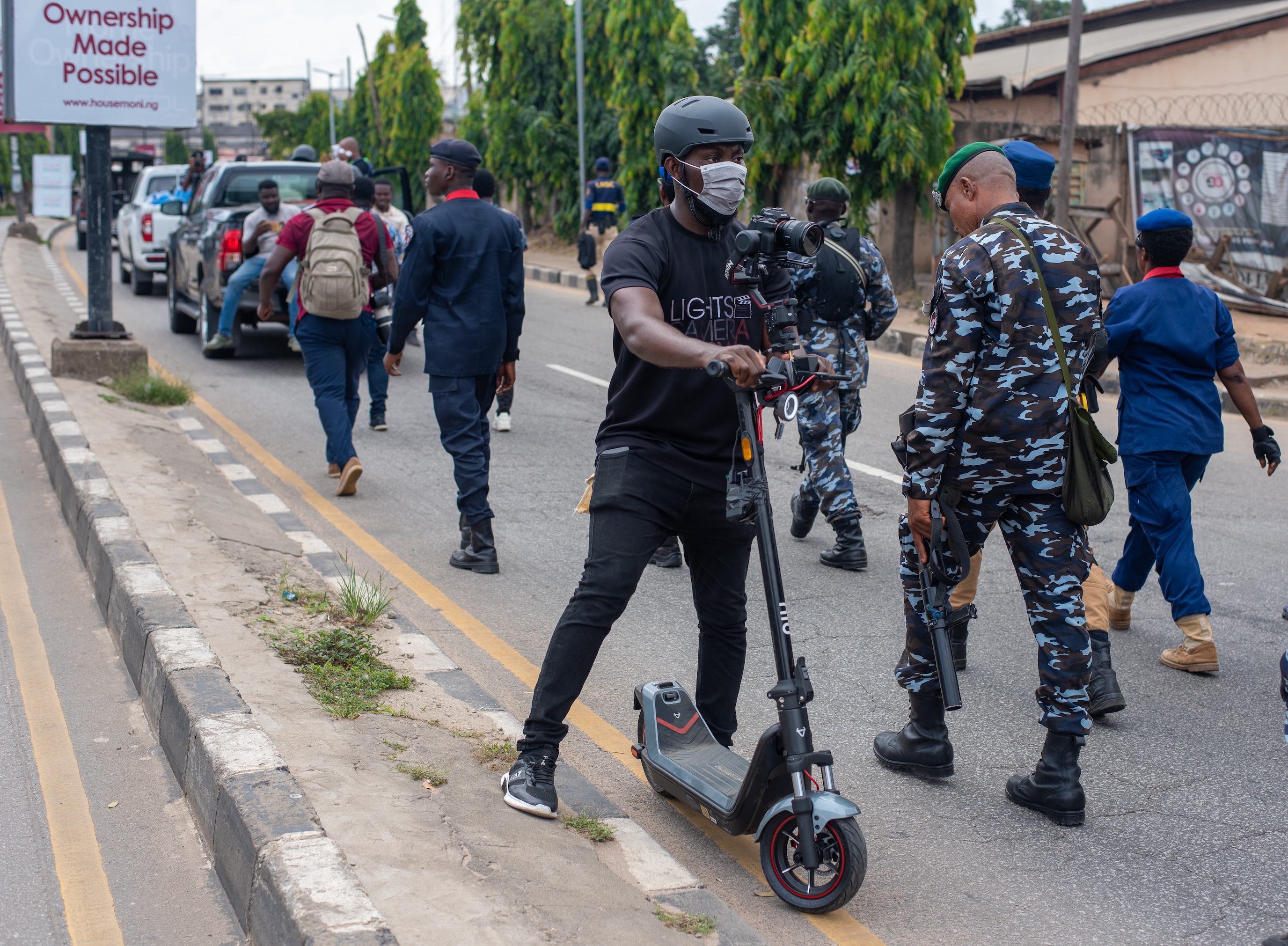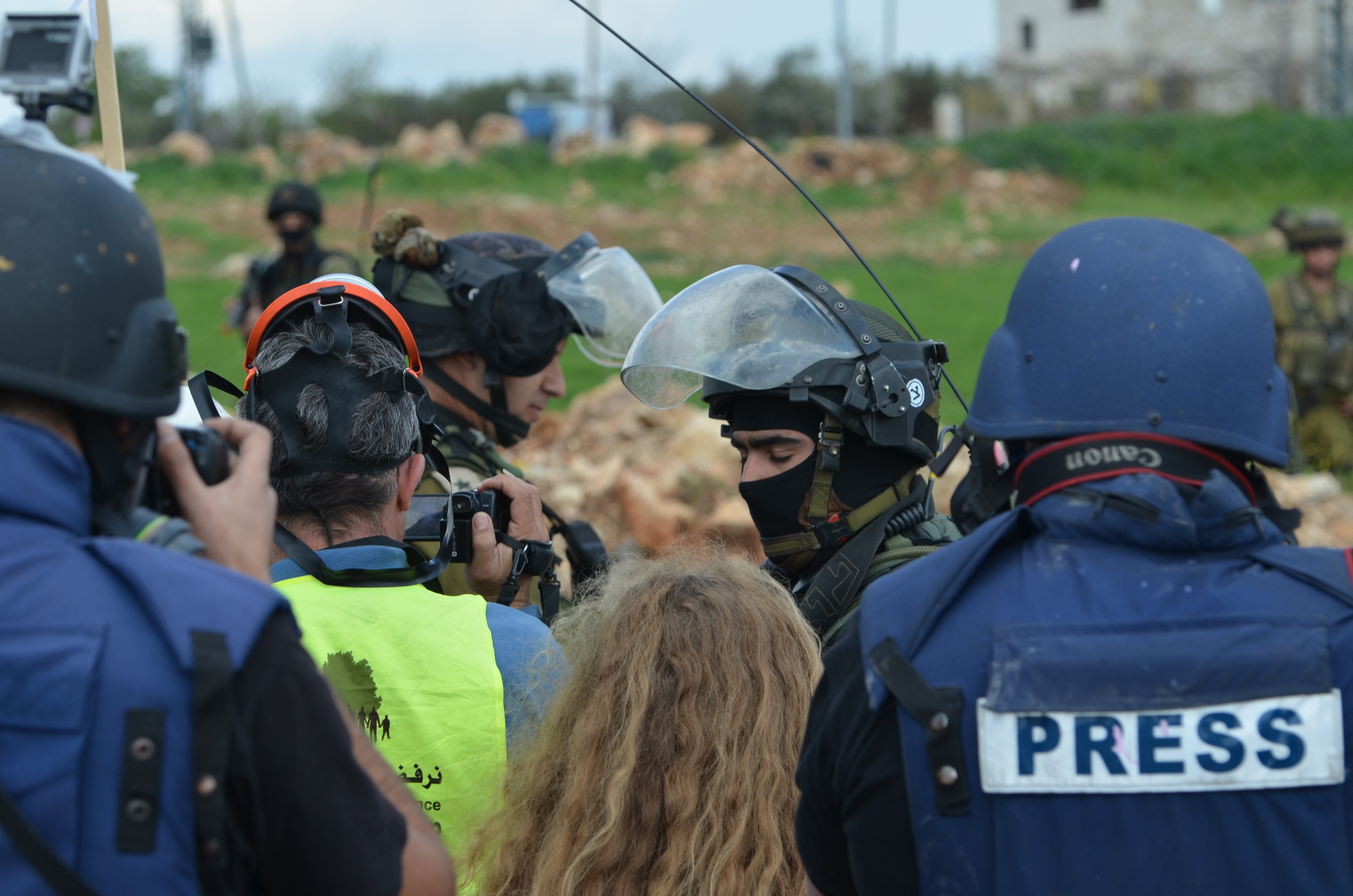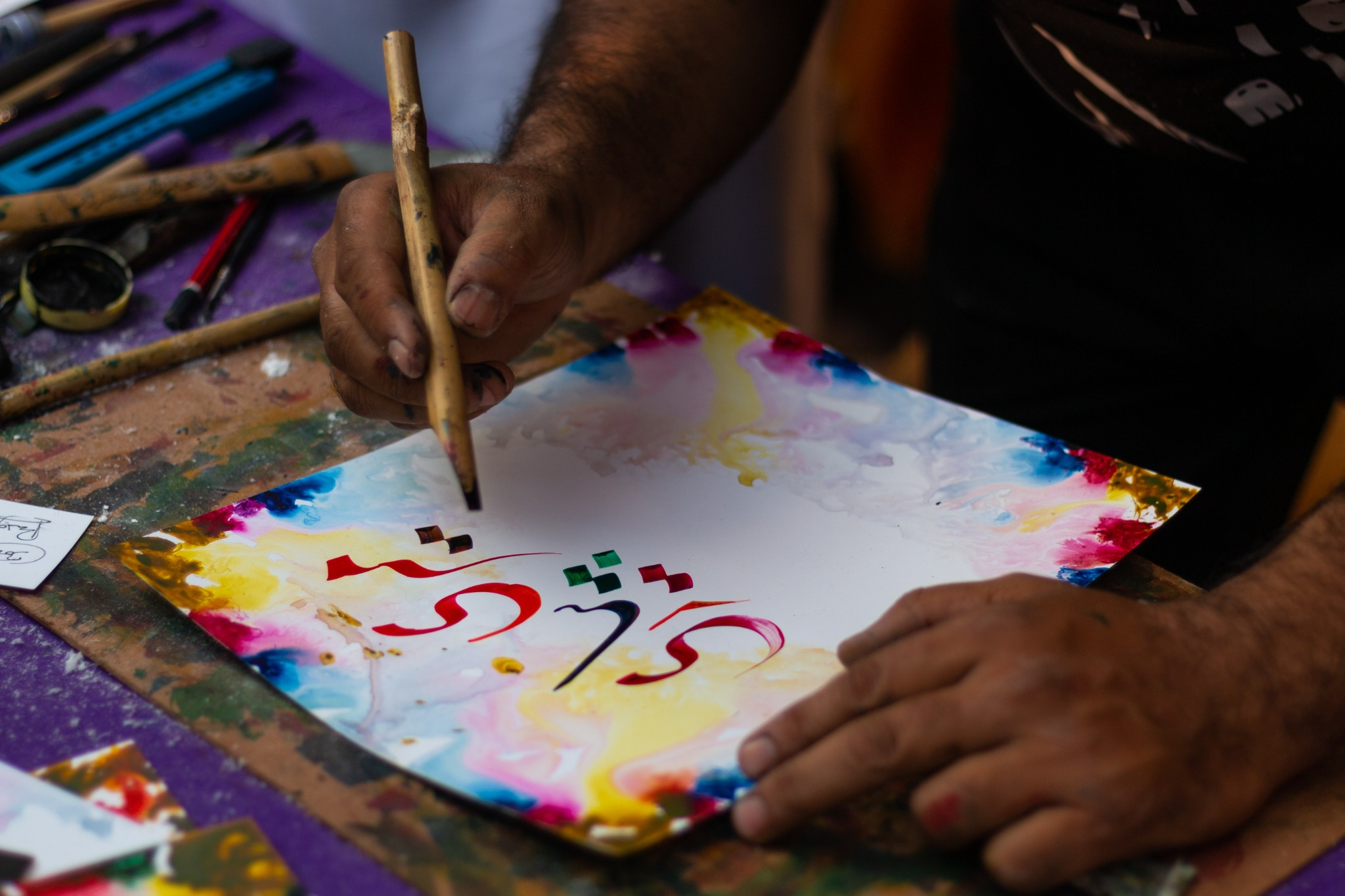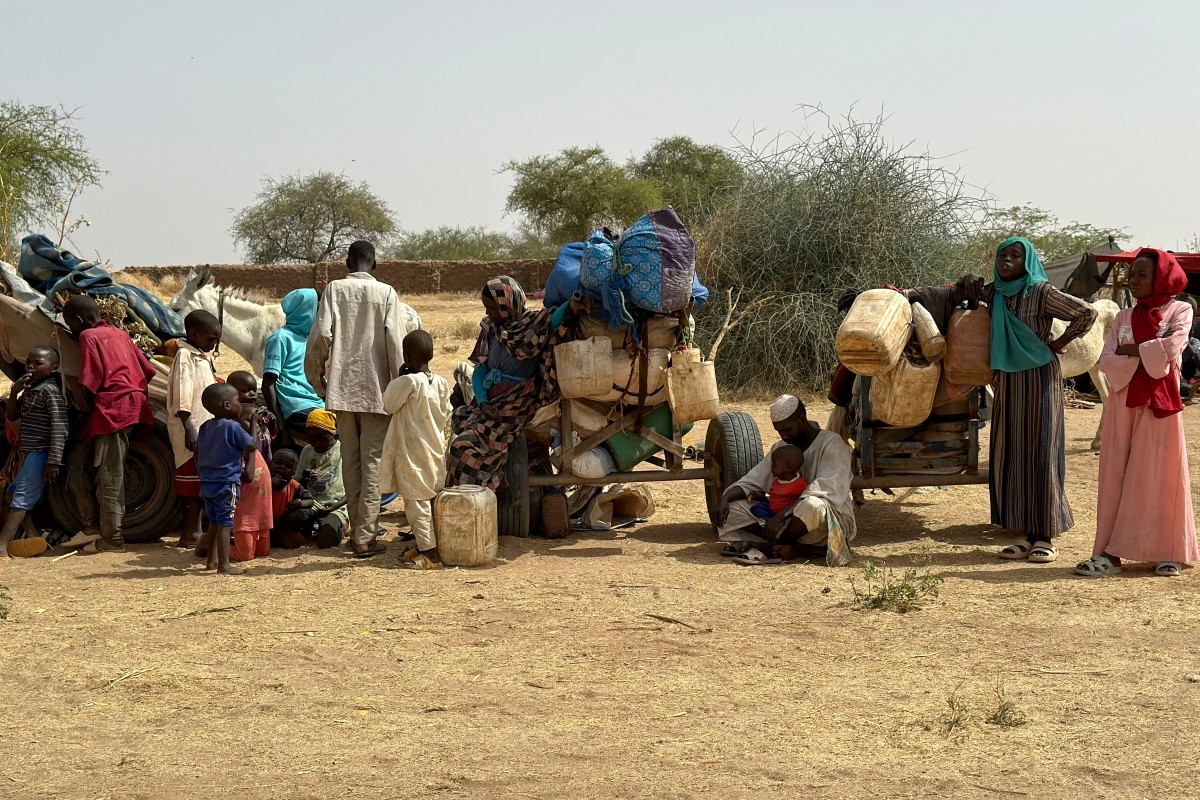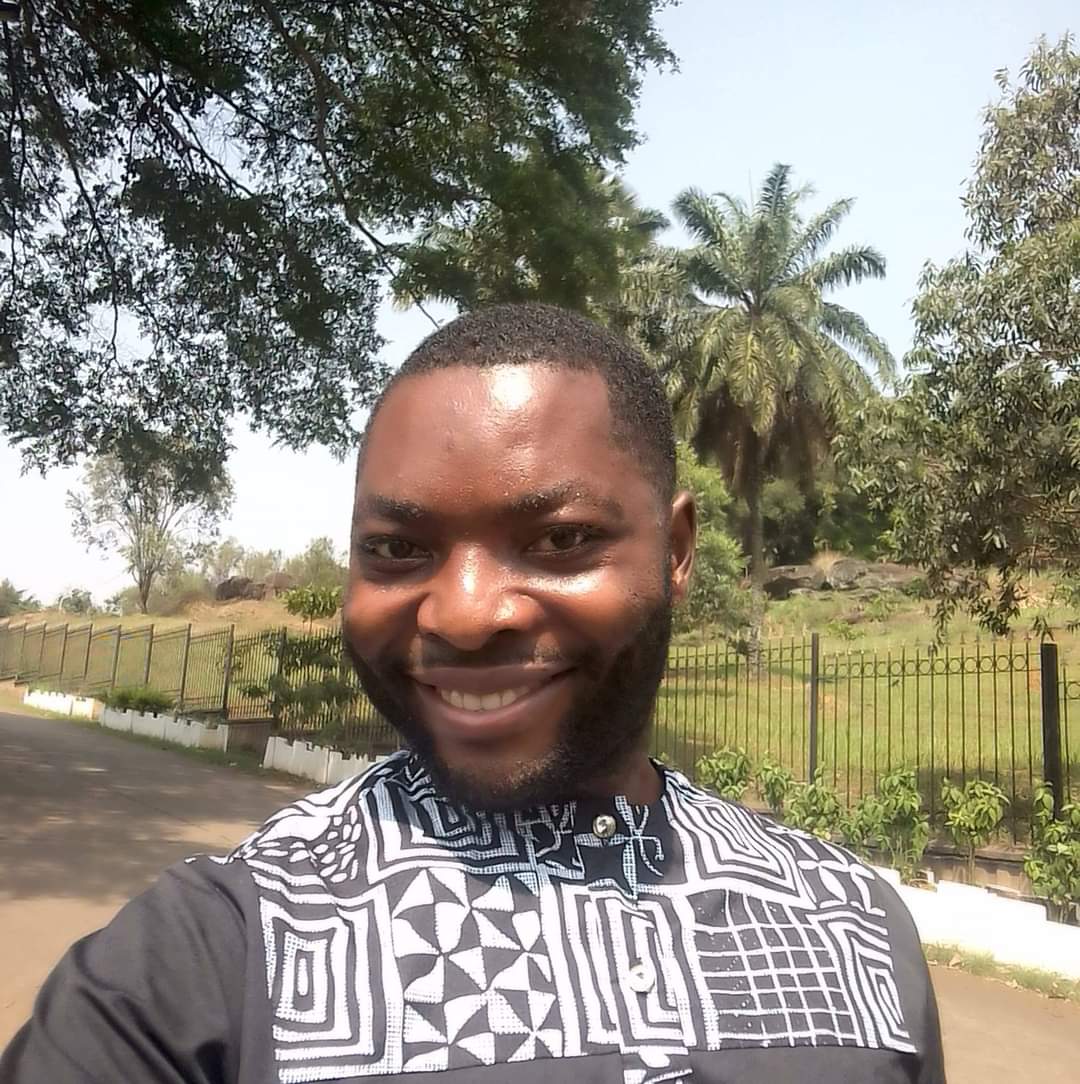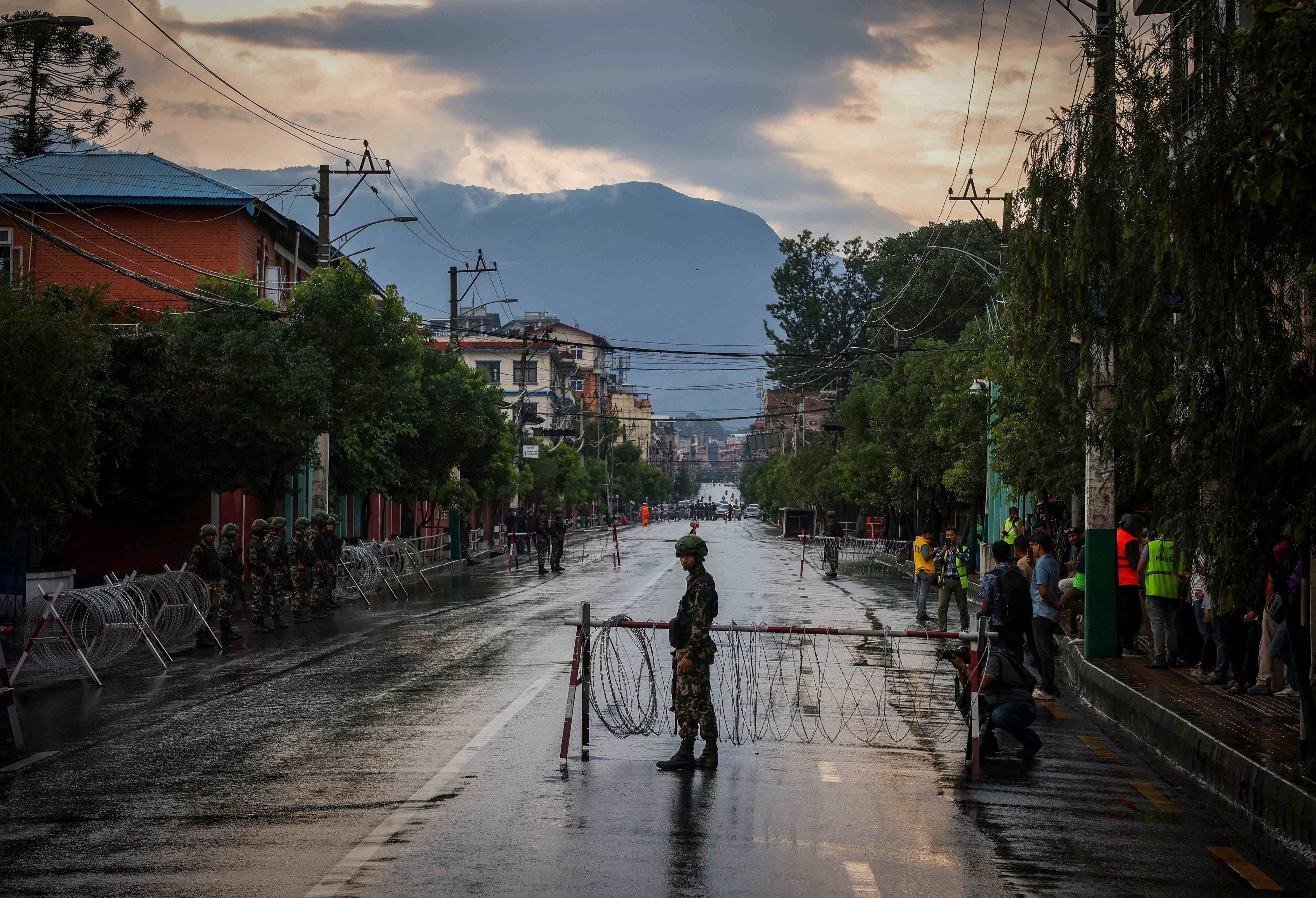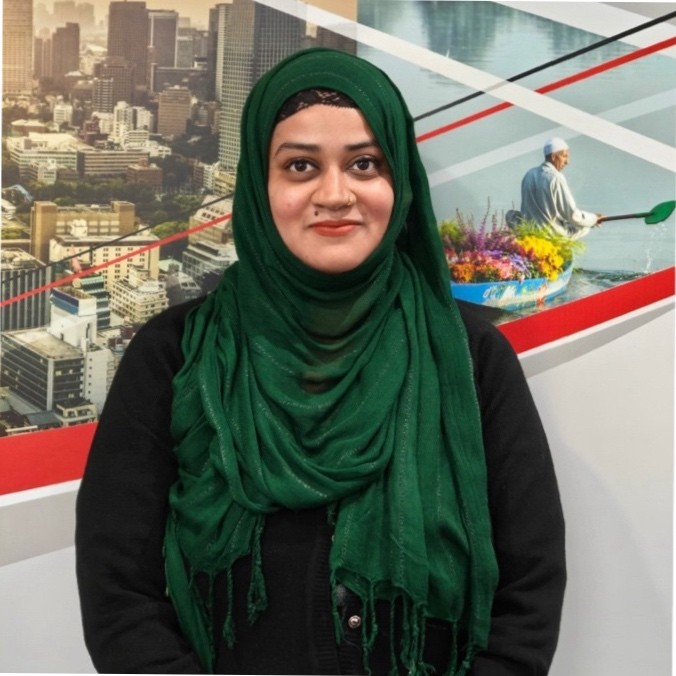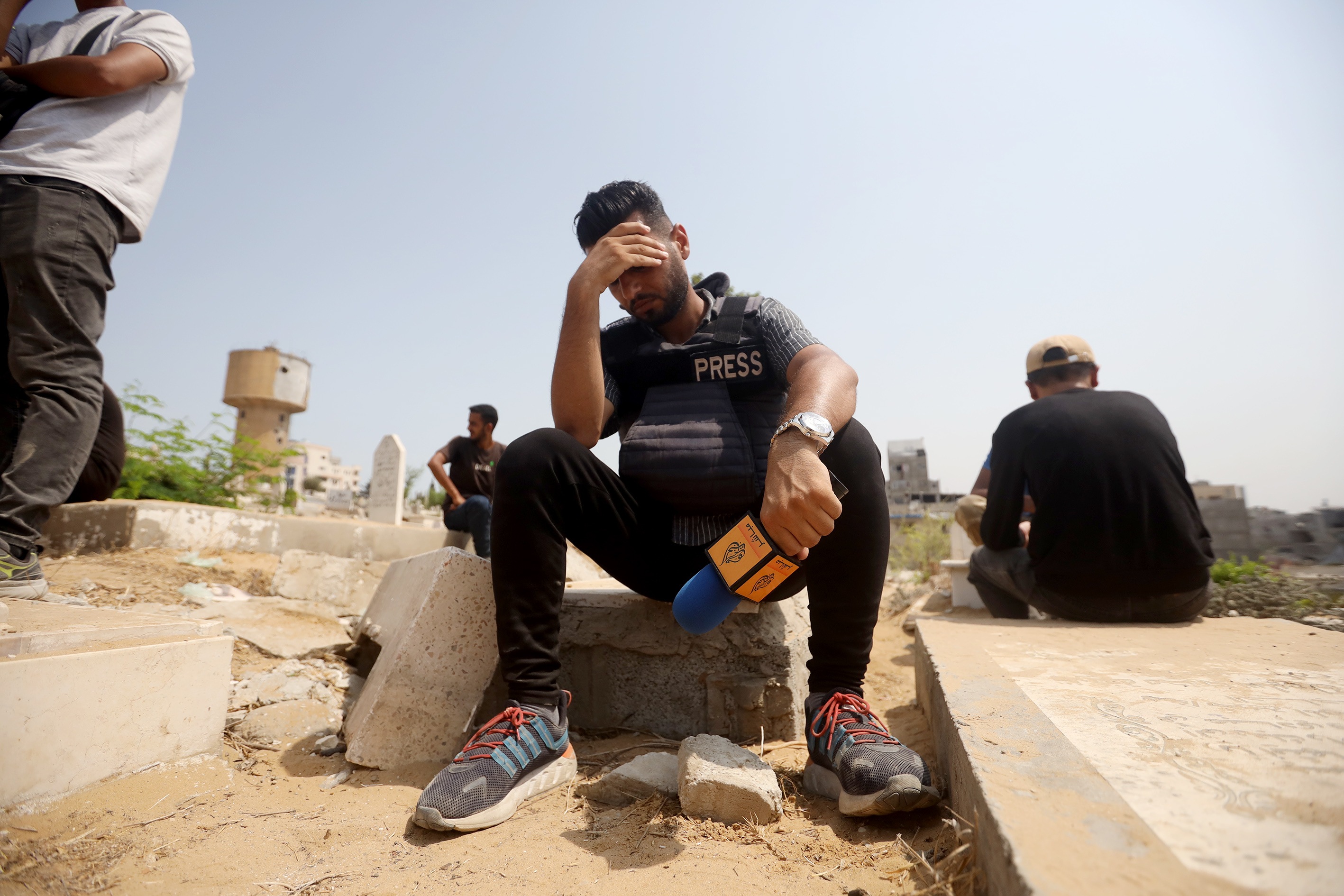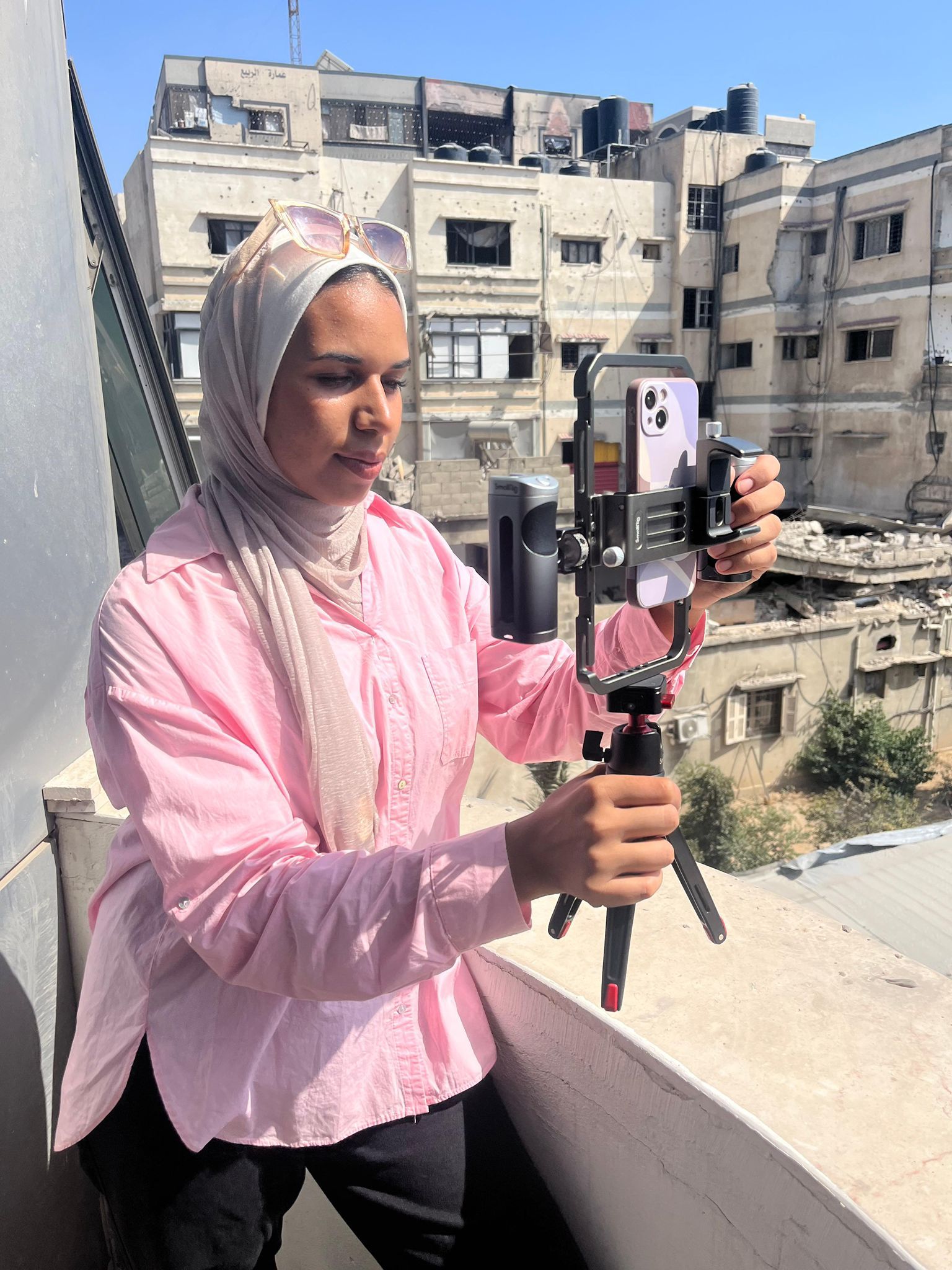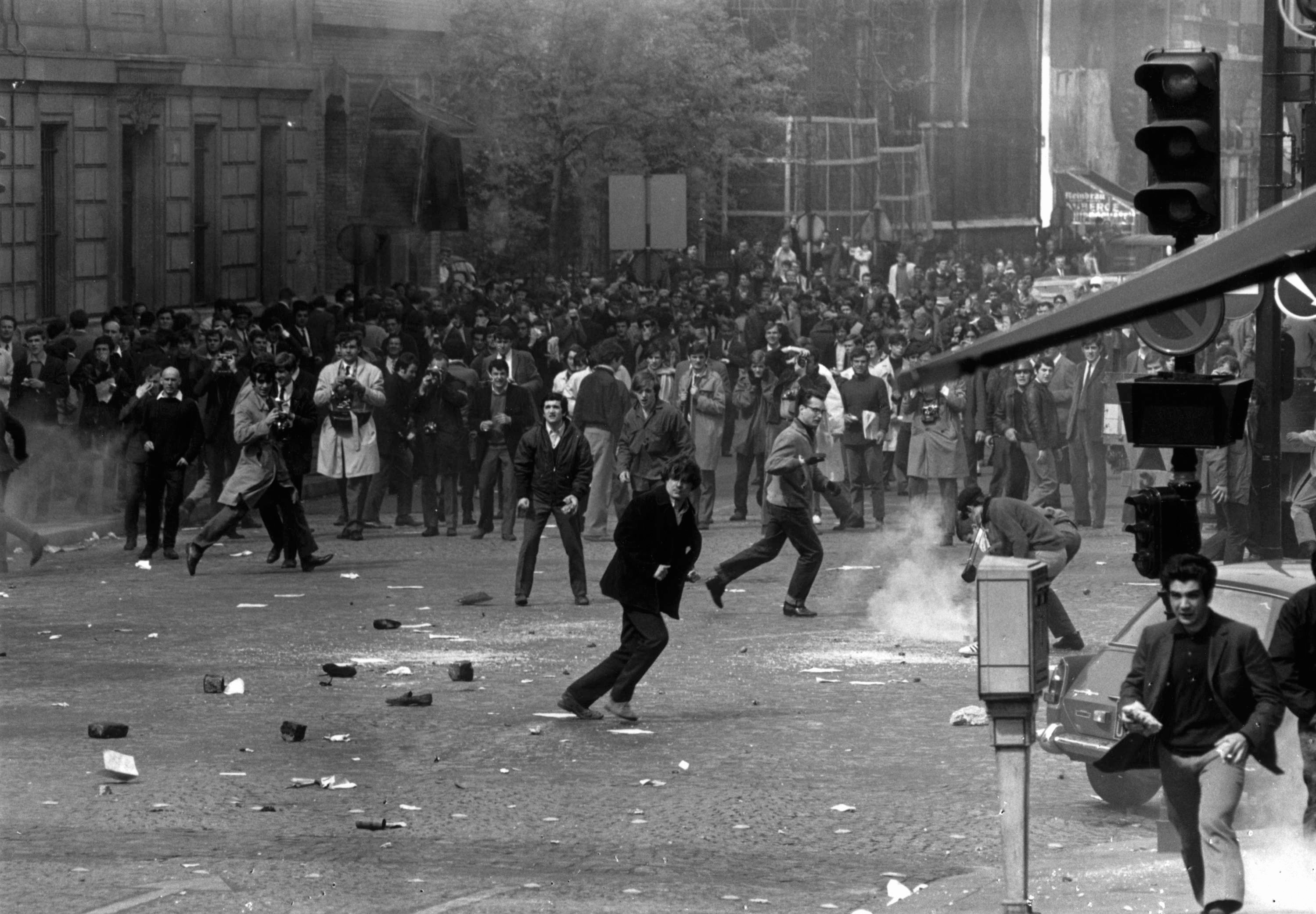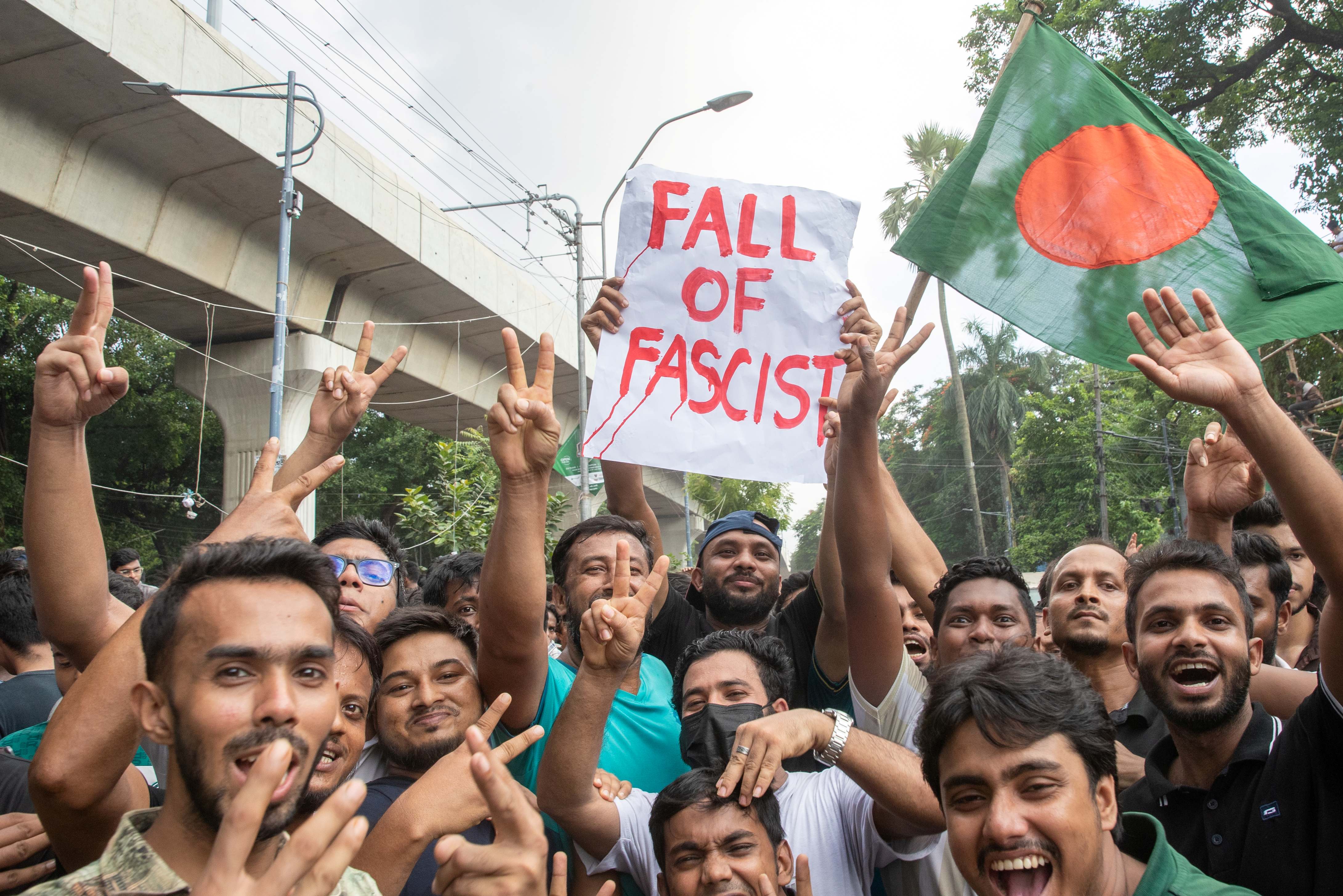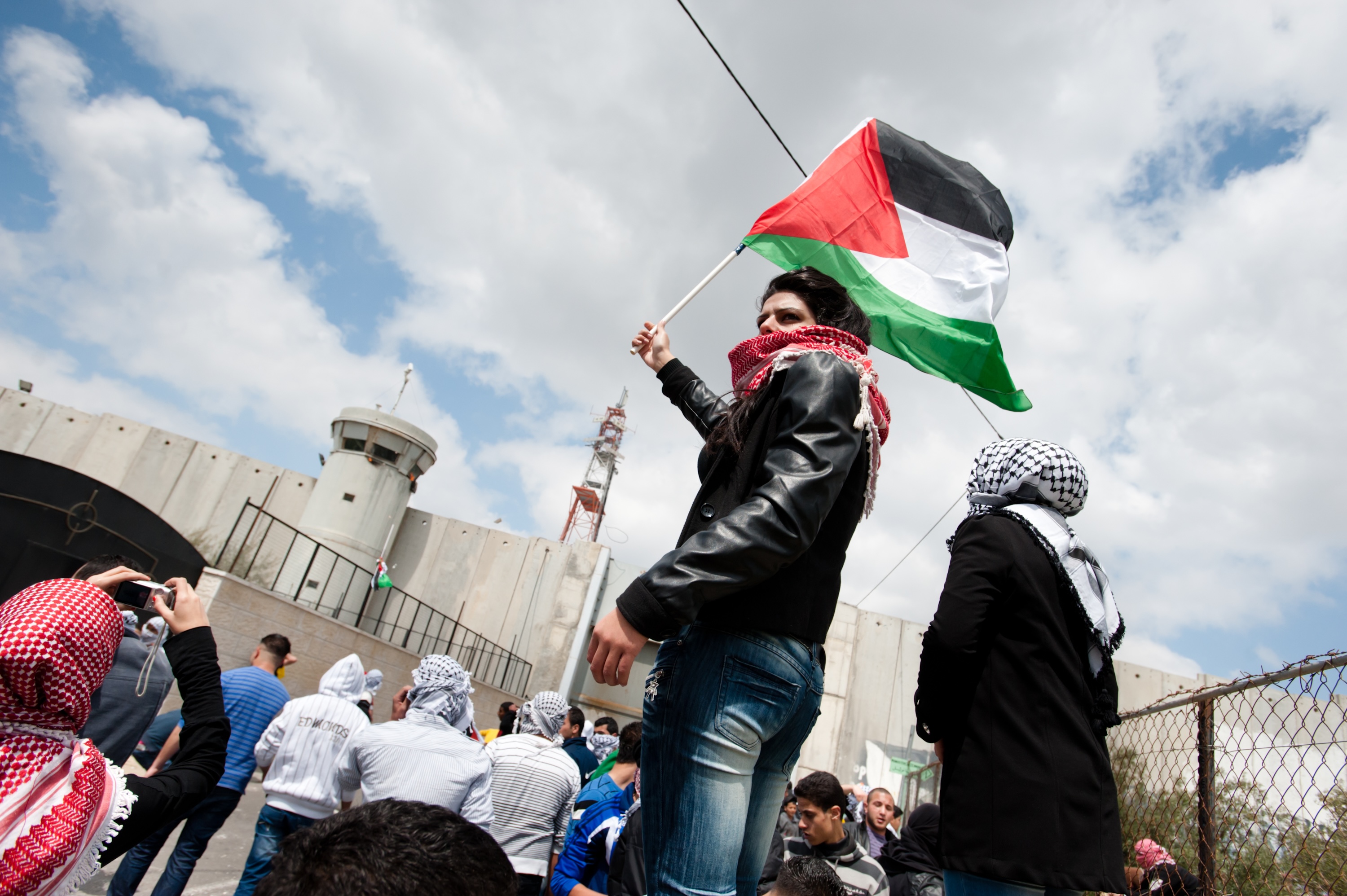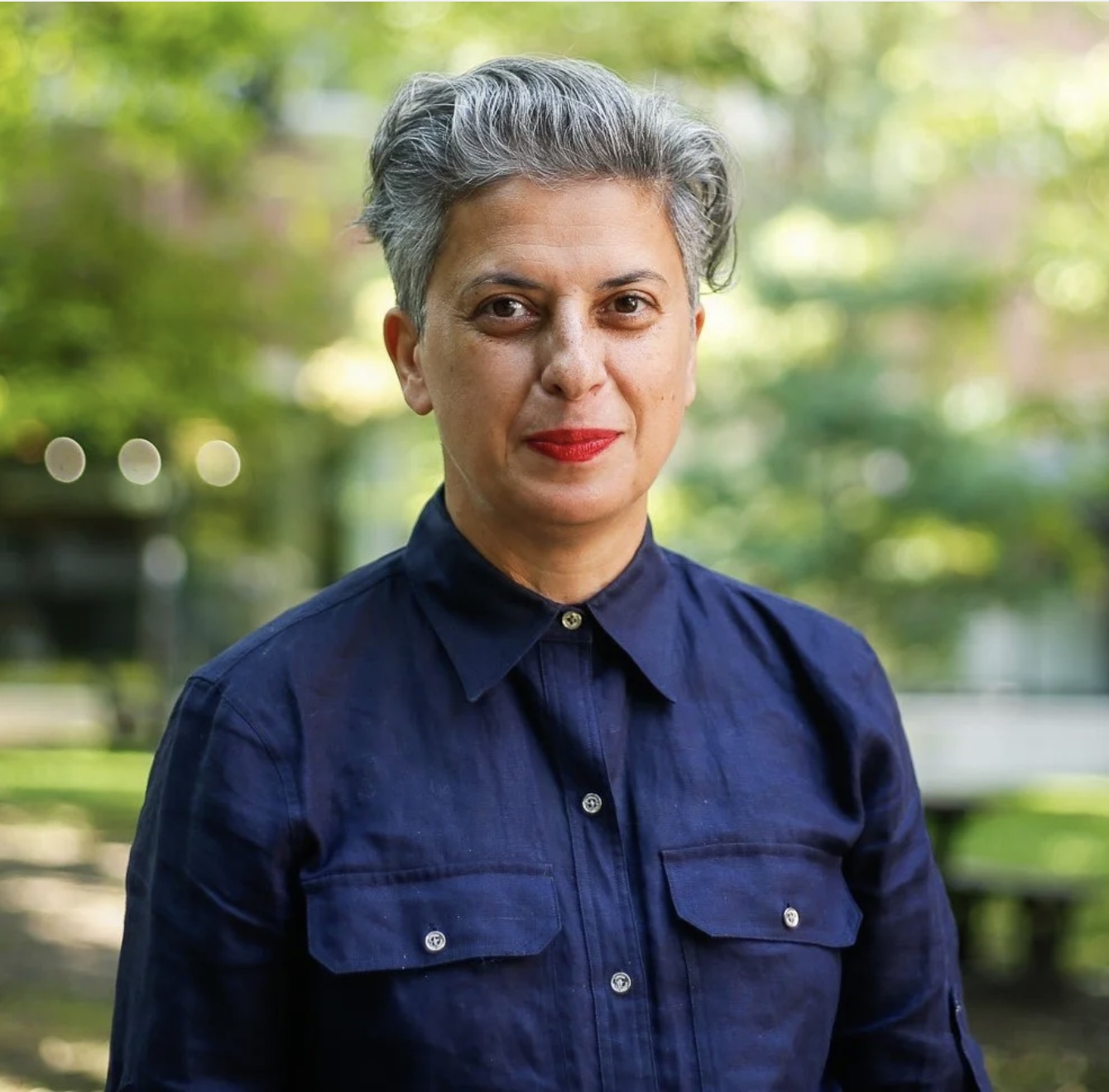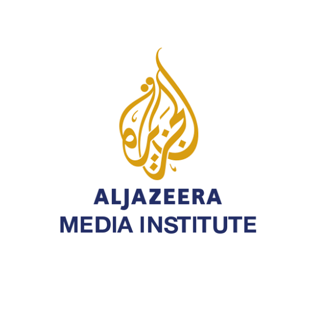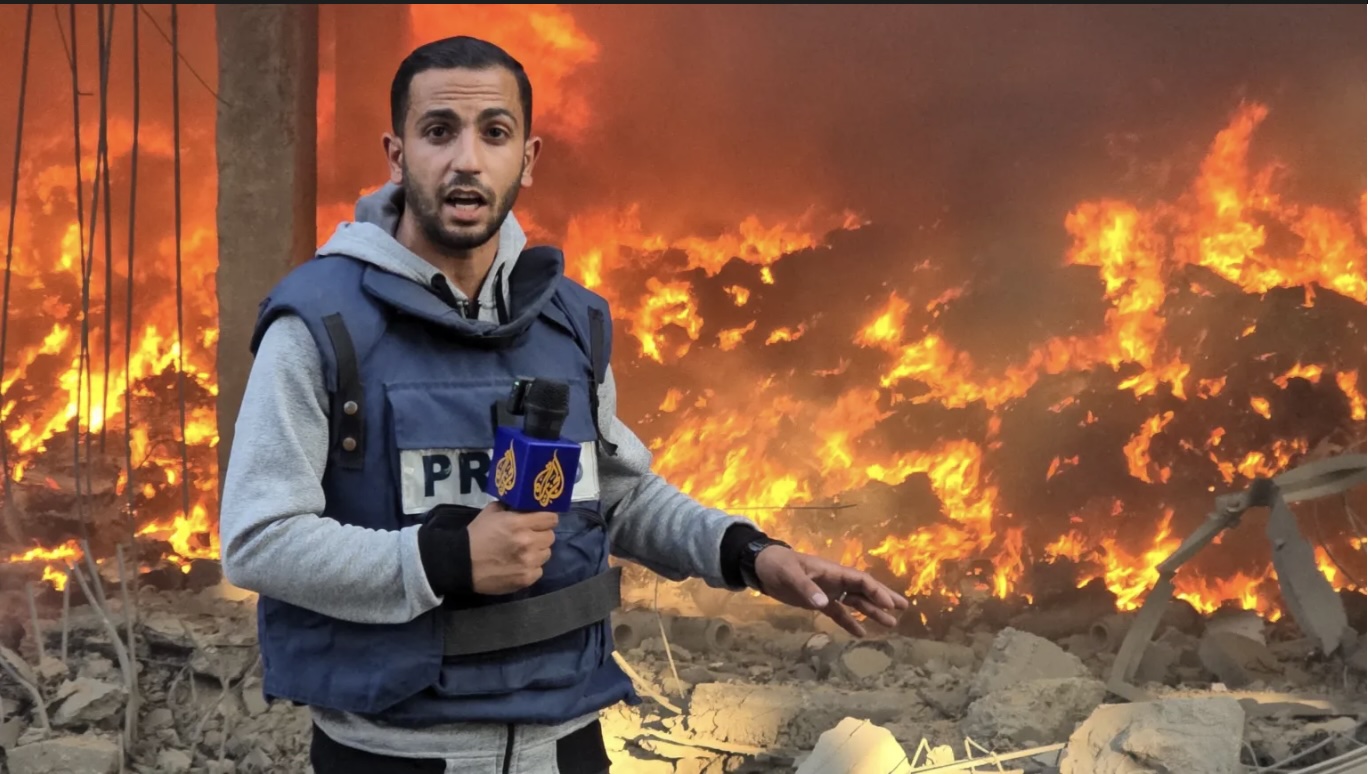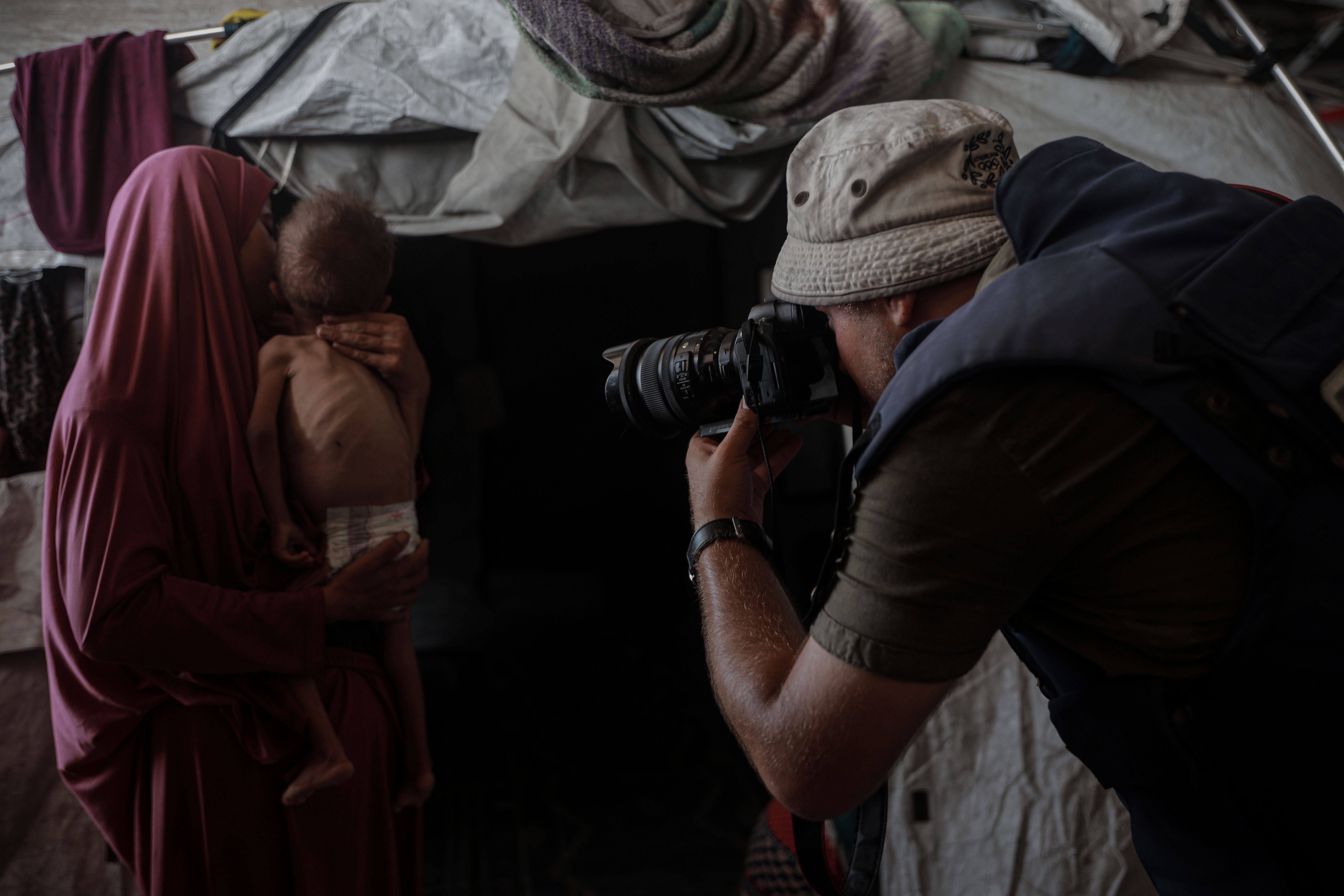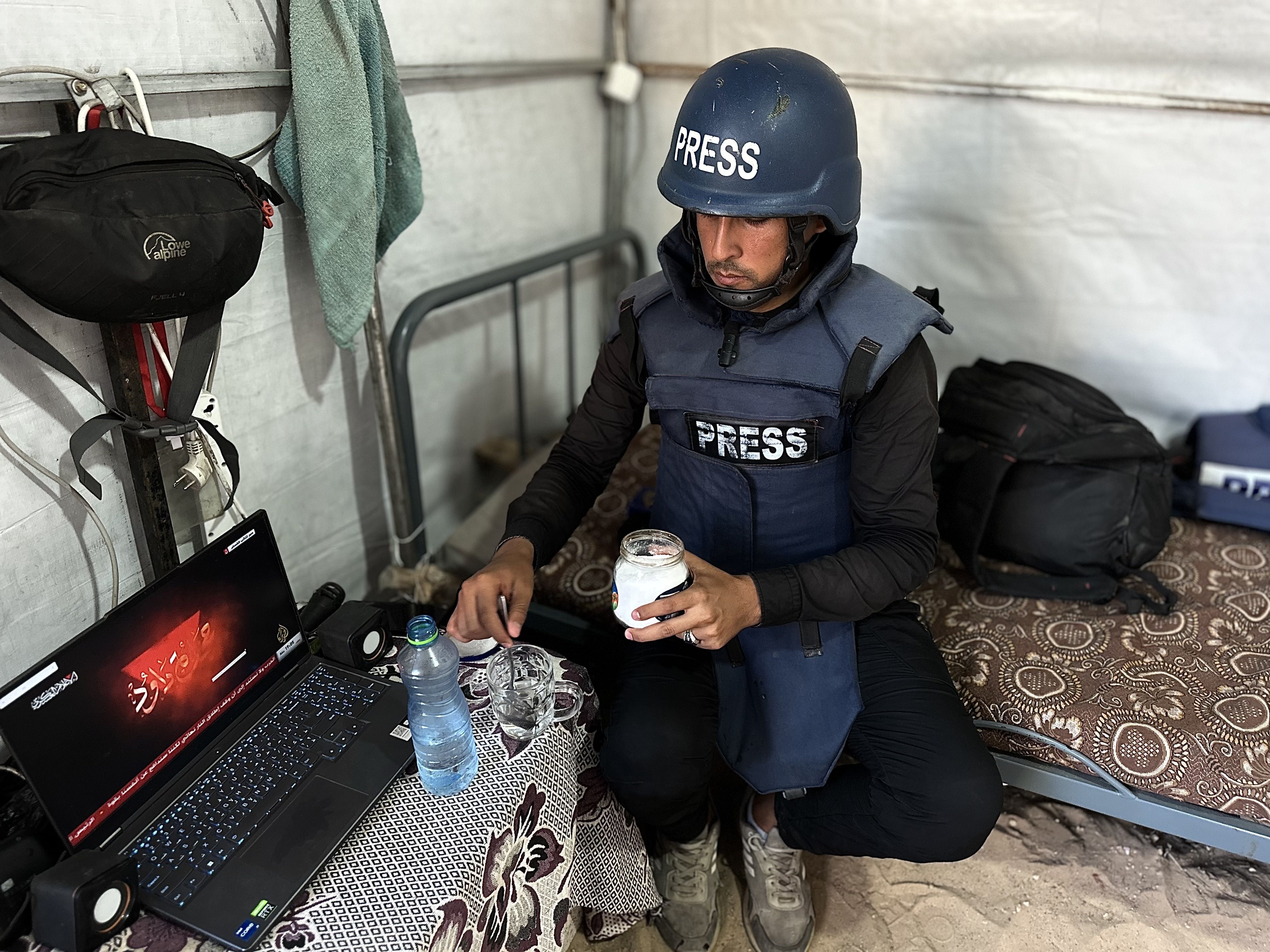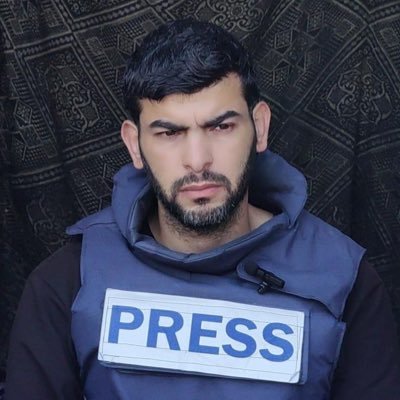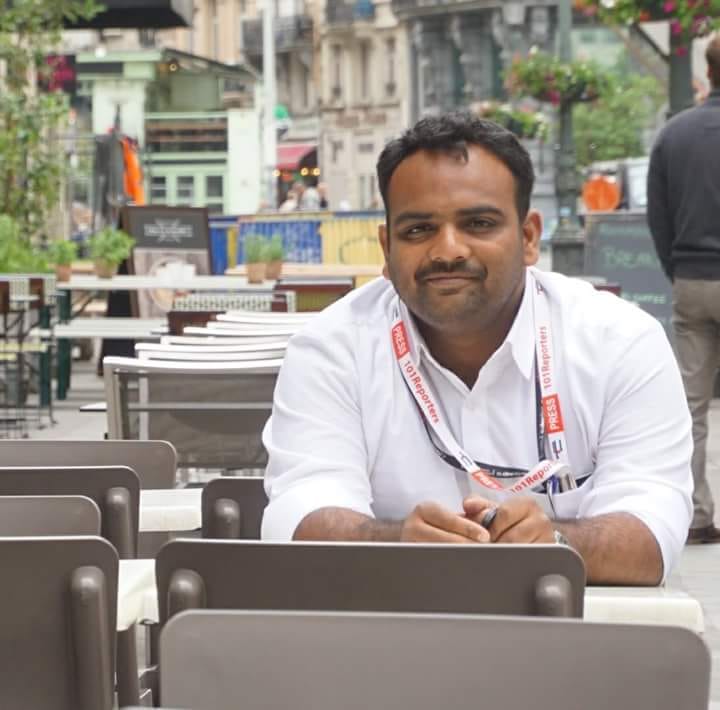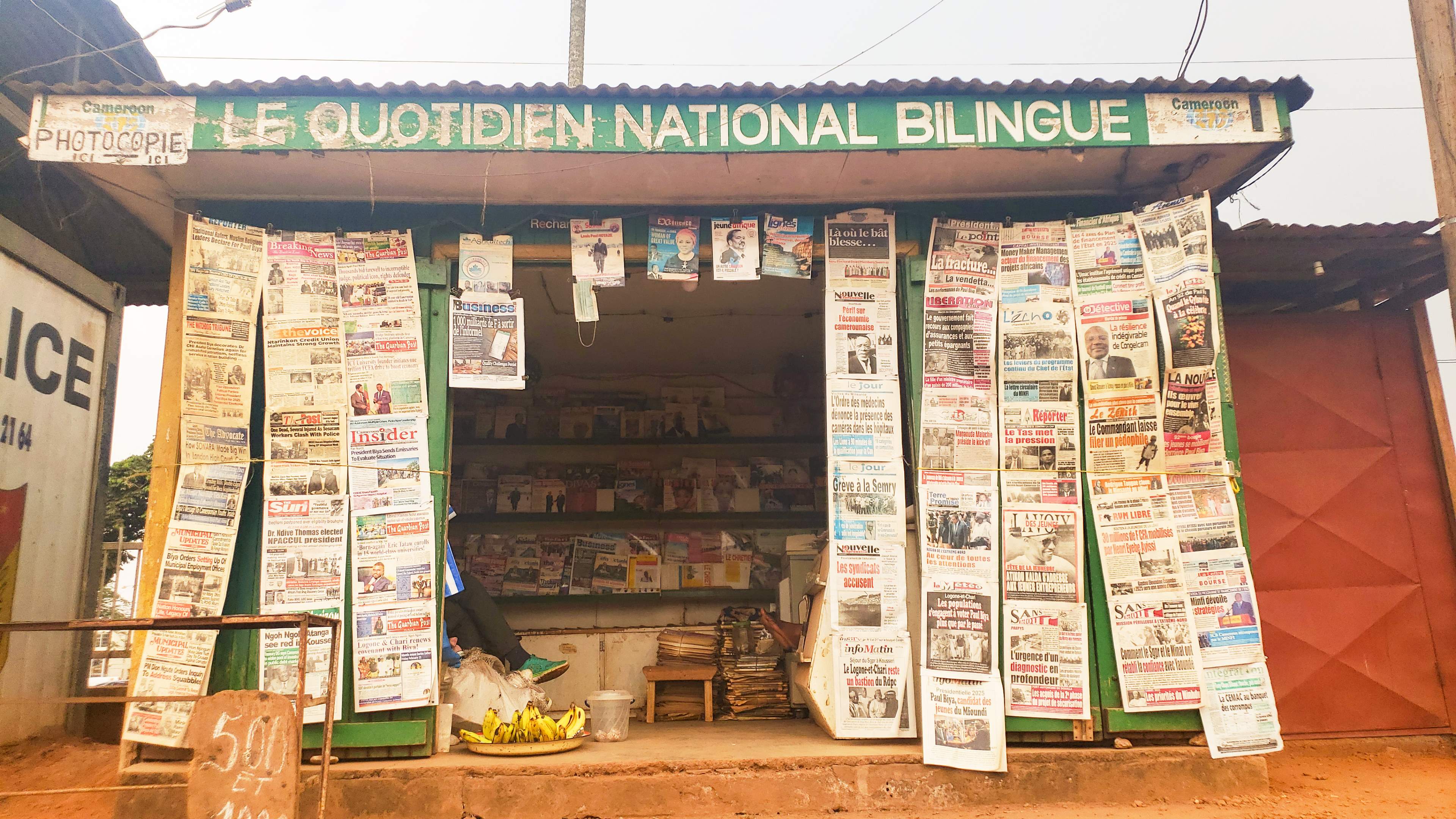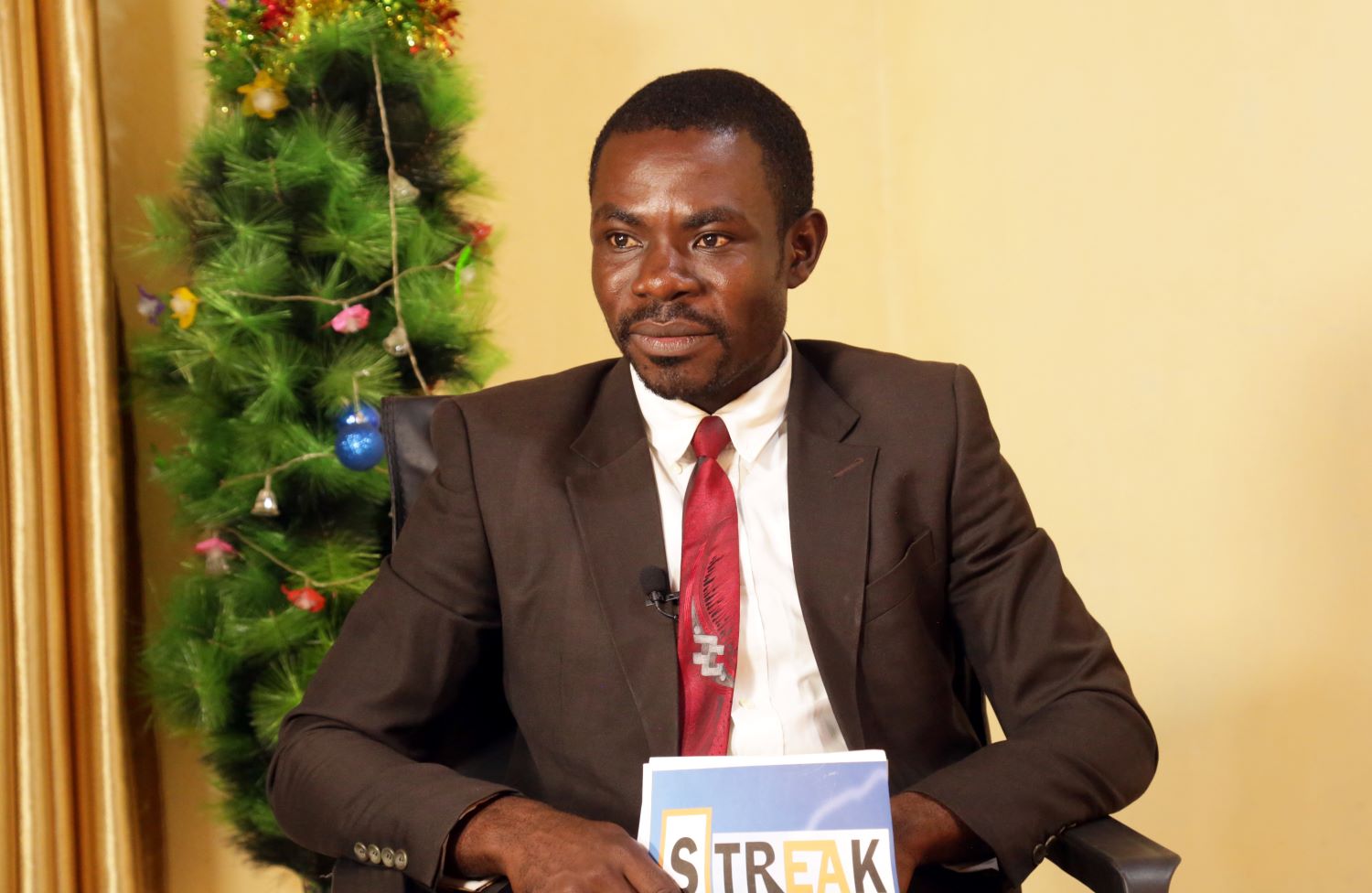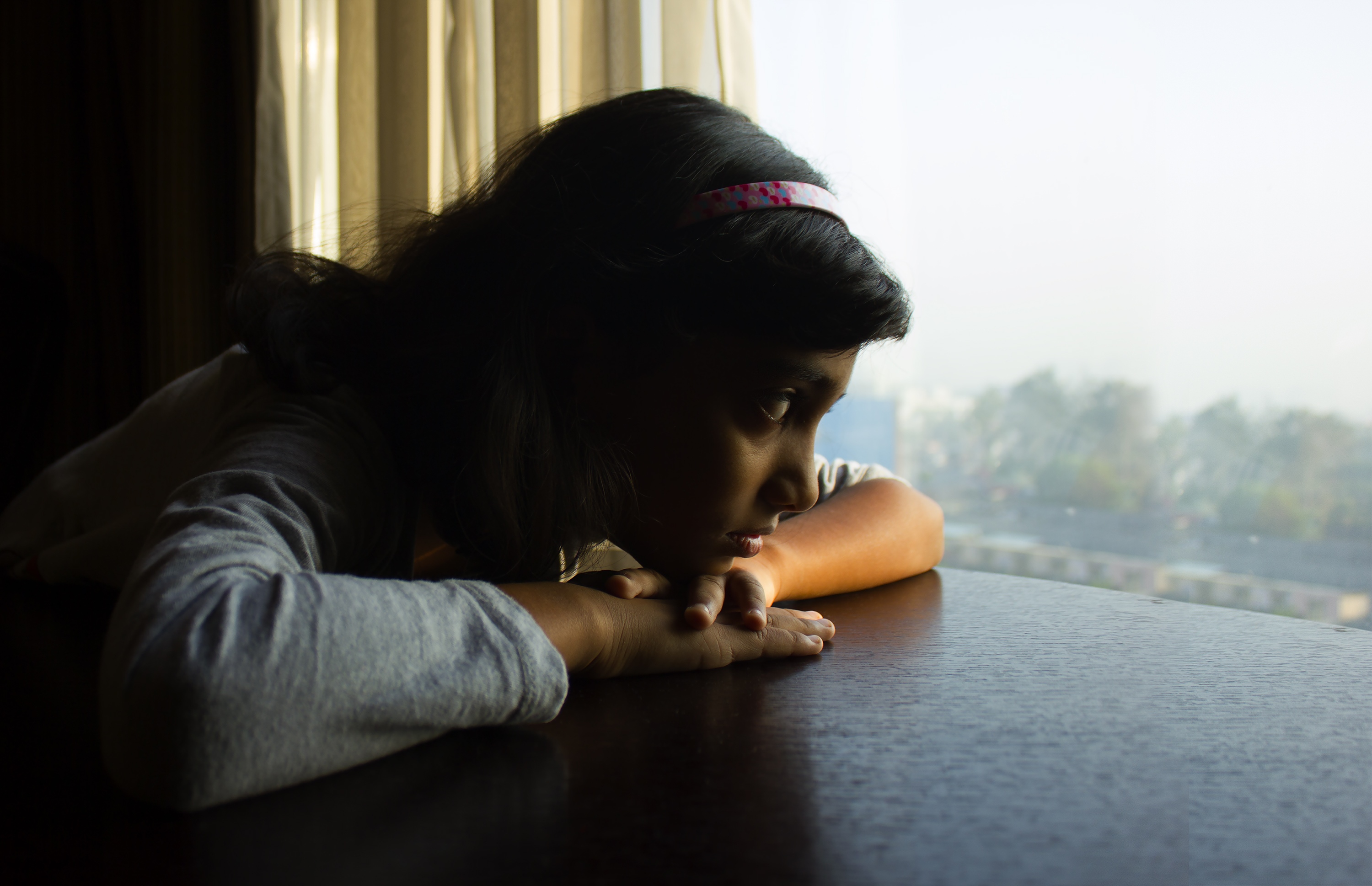In Kashmir, mounting censorship, political pressure, and shrinking job prospects are forcing a generation of aspiring journalists to abandon the profession, many before they even get the chance to begin, leaving behind a media landscape stripped of dissent, debate, and independent voices.
Hashim Zakir, 22, completed his undergraduate degree in journalism but failed to find work in the field in Kashmir. Faced with unemployment and mounting frustration, he decided to pursue a master’s degree in journalism, hoping to avoid falling deeper into despair.
“If I had stayed home instead of joining the master’s program, I would have fallen into depression, just like some of my other batchmates,” he said. Still, he isn’t optimistic about his prospects. “Only a miracle can get me a journalist’s job now,” he added, sarcastically.
Zakir’s passion for storytelling and his morning ritual of reading newspapers had once inspired him to study journalism. But after graduating, he found himself jobless in a media landscape where critical journalism is stifled by editorial censorship, withdrawal of government advertisements (once the financial backbone for many publications), salary cuts, a shrinking job market, and increasing surveillance as authorities tighten their grip on the region.
He says the reality on the ground is a far cry from what he learned in the classroom.
“In college, we’re taught fancy words like asking tough questions, holding power accountable, working fearlessly,” he says. “But out here, it’s completely different. How can you hold power accountable when that very power is trying to silence you? When it won’t even let you speak or write freely?”
Kashmir has long been one of Asia’s most troubled regions. Claimed by both India and Pakistan, the territory has seen multiple wars and a decades-long insurgency. An armed rebellion broke out in the late 1980s against Indian rule, and since then, daily life in Kashmir has been marked by violence and uncertainty.
For journalists, Kashmir has always been a difficult place to work. For over 30 years, they’ve been caught between armed groups and government forces, often facing threats from both sides.
Things worsened dramatically in August 2019, when the Indian government revoked Article 370, which had granted Jammu and Kashmir special constitutional status. The region was abruptly cut off from the outside world, with strict lockdowns on security and communication. The local media was silenced, and press freedom shrank almost overnight. Since then, journalists have operated under heavy surveillance and growing pressure, with some even facing charges under stringent anti-terror laws.
Organisations like Amnesty International and Reporters Without Borders have noted a sharp decline in press freedom in Kashmir. Foreign reporters are rarely allowed in, and local journalists are under constant watch, aware that a single report could put them at serious risk.
“All these patterns of intimidation were meant to send a clear message: anyone critical of the government must fall in line and adopt the official narrative, or face the consequences,” said one journalist, who asked not to be named for safety reasons.
Nasir Reshi (name changed), who once aspired to be a journalist, spoke with regret about the reporter who had inspired him. “He spent more than two years in jail for doing bold, fearless journalism,” he said. “I saw how much his family suffered during that time.”
Ultimately, Reshi chose to pursue a degree in science instead. “No parent wants to see their child spend their youth in jail,” he added.
On January 5, 2020, 26-year-old Sajad Gul, a trainee reporter with local news outlet The Kashmir Walla and a journalism student, was booked under charges of criminal conspiracy, days after he posted a video showing a family shouting anti-India slogans after a relative was killed in a gunfight in Srinagar. His arrest sent shockwaves through the community of journalism students and aspirants.
Iftisam Peer (name changed), then in her second year of journalism school, recalls the moment vividly.
“The news about Gul’s arrest was heartbreaking. As a student, I thought, if I ever say something or do a story without caution, I could end up like him. That’s when I decided to stay away from covering the Kashmir conflict,” she said.
Kashmir Sees Declining Enrolment in Journalism Colleges
We collected data from three universities in Kashmir offering journalism courses and found that nearly half of the available seats remain vacant. Enrolment in these programs is declining sharply, with many seats going unfilled year after year.
According to students and aspiring journalists, the shrinking press ecosystem, poor job prospects, the criminalisation of journalism, and mounting political pressure have discouraged them from entering the field.
Hiba Beigh, a student of Convergent Journalism at the Central University of Kashmir, says that while 18 students initially enrolled in her class, several dropped out, and now only ten remain, even though the course has capacity for over twenty.
“To fill the vacant seats, students who hadn’t cleared the entrance exam were allowed to enrol through spot admissions. Even then, they couldn’t fill all the seats,” she said. “The department’s survival depends on enrolment. Without students, closure is inevitable.”
“Journalism education is facing a severe crisis. We no longer see the kind of enrolment numbers we used to,” said a journalism educator, who requested anonymity for job safety. “Journalism as an industry in Kashmir is suffering irreparable loss, and students are increasingly apprehensive. The profession has been muzzled and reduced to functioning like a PR agency.”
Journalist Khalid Bashir Gura, believes institutionalised fear; especially the perception that journalists critical of the government may end up in jail, combined with financial instability, is driving students away.
“Even after completing their degrees, many end up working as content creators or wedding cinematographers,” he said.
Kashmir’s Newsrooms Face Low Pay and Financial Struggles
Maleeha Sofi, an entry-level journalist at a local weekly, says low salaries are one of the biggest letdowns in the profession. To make ends meet, she takes on additional jobs.
“I often question if I should leave journalism, but the passion keeps me going. The spark inside me, the belief that I have to do this, is the only reason I’m still here,” she says. “Honestly, I struggle with a lot of basic needs because I work so much and earn so little. Even though I had good opportunities in other fields, I still chose this.”
Since the revocation of Article 370 in 2019, several newspapers have reportedly been dropped from the government’s official advertisement list without explanation.
An analysis by Newslaundry of two RTI replies from the Department of Information and Public Relations (DIPR) suggests that between April 2022 and October 2024, the Jammu and Kashmir administration under Lieutenant Governor Manoj Sinha spent at least ₹70 crore on print ads. The top five recipients; three English and two Urdu dailies, received 26% of that amount.
The RTI replies only mentioned ad space in centimetres, so Newslaundry estimated revenue by multiplying total ad space with the lowest DIPR rates (₹75 per cm for black-and-white inner pages, up to ₹135 per cm for front-page colour).
Top ad recipients included English dailies Rising Kashmir (₹7.73 crore), Kashmir Images (₹2.26 crore), Kashmir Monitor (₹2.1 crore), and Urdu papers Aftab Daily (₹3.7 crore) and Srinagar News (₹2.5 crore).
Despite these revenues, many journalists reported being underpaid, leading to salary cuts, layoffs, and some leaving the profession altogether.
Geeta Seshu, co-founder of the Free Speech Collective, which advocates for press freedom, said, “In our 2019 report, right after the communication blackout, we noted how the information shutdown created unimaginable hardships for the public. But it also sounded the death knell for media. Independent outlets were silenced. Even established print media had to tone down their coverage, barely scratching the surface.”
She added, “We feared the vibrant media landscape that existed before 2019 might not survive. Today, that fear has been realised.”
Kashmir’s Journalism Crisis: Independent Media and Student Hopes Collapsing
“I feel bad when I pick up the camera to film weddings, the same camera I bought to pursue journalism,” said Faizan Gulzar, who graduated this year from a journalism college in Kashmir. He now works as a wedding videographer and feels stuck.
“I can’t work with local news organisations here. All they want is to report the government narrative, suppress the facts, and publish compromised stories. That’s why I’ve chosen to stay away.”
He notes that the few independent outlets that once did critical reporting have either been banned or shut down due to financial pressure.
“When I see senior journalists from those places now jobless, I wonder how someone like me; a fresh graduate could ever make it.”
In 2020, the Jammu and Kashmir administration introduced a new media policy that, according to journalists, increased government control over editorial content. The DIPR now has the power to accredit journalists, allocate ads, and determine what counts as misinformation.
By 2021, media outlets were instructed to use the term “terrorist” instead of “militant,” and avoid covering banned organisations. The policy also allows authorities to monitor media content for alleged incitement, plagiarism, or speech deemed “anti-national.”
“Independent journalism in Kashmir has been under pressure for years,” said Geeta Seshu. “Government advertising is selective and comes with strict conditions, favouring media that avoids hard questions. With little revenue, growing censorship, and self-censorship, young journalists face extreme precarity. Few pursue it, and many burn out.”
“They leave because they cannot survive,” she added. “It’s a tragedy, we are losing responsible citizens who want to report the truth, not for fame or fortune, but because the system is pushing them out. What survives are official narratives, PR, and sanitised versions of events. Independent voices, dissent, debate, and real journalism are disappearing.”
